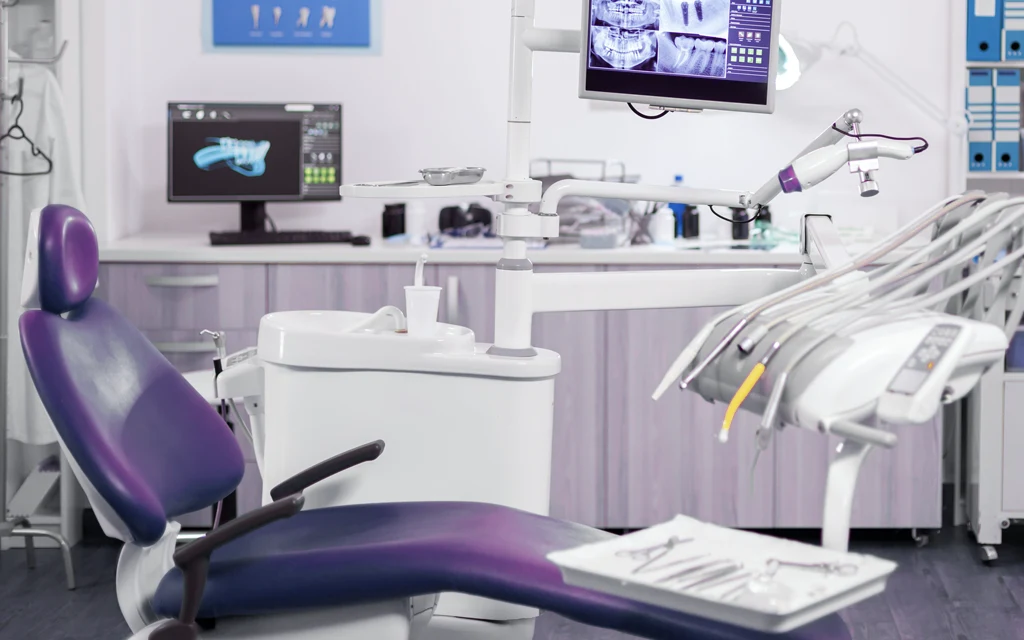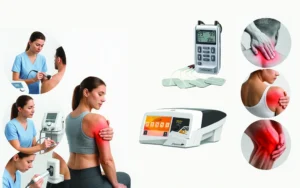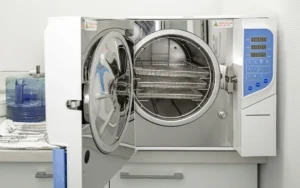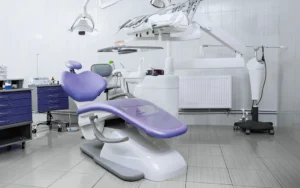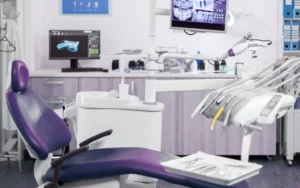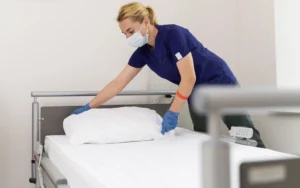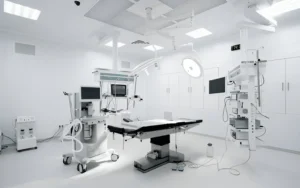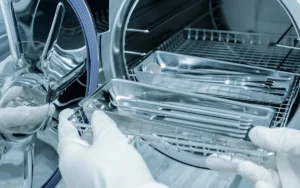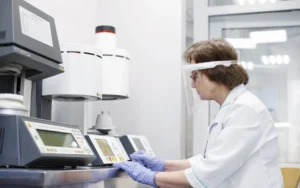Dental instruments are the tools used by dentists to perform several tasks like checking, cleaning, fixing, and removing teeth.
Having the right tools helps keep patients comfortable.
From tiny mirrors that help see hidden spots to drills that remove decay, every tool has a special role in keeping teeth healthy.
Without these instruments, treating dental problems would be difficult and uncomfortable.
In this blog, we’ll explore the essential dental instruments, what they do, and why every dental clinic needs them.
Let’s take a closer look!
Table of Contents
Different Types of Dental Tools Are Needed for Every Dental Clinic
If you are a dentist or someone in the field of dentistry, you don’t need a special mention of how important the role of dental equipment is.
But you must understand the different types of dental instruments available in the market to make your dental procedures easier.
As someone in the field of medical equipment supply in the UAE, our experts are here to provide the exact solution.
Tools for Looking (Diagnostic Instruments)
Mouth Mirror
A small mirror attached to a handle, this tool helps the dentist see hard-to-reach areas inside your mouth, like the back of your teeth. It also helps move your tongue and cheeks out of the way to get a clearer view.
Dental Explorer
A thin, pointed tool that dentists use to check for cavities. It helps them feel for soft or sticky spots on your teeth, which could mean decay or damage. Think of it as a tiny detective searching for hidden problems.
Periodontal Probe
This tool looks like a thin ruler with markings. Dentists use it to measure the space between your teeth and gums. If the space is too deep, it might mean there’s a gum problem.
Dental X-ray Machines
These machines take special pictures of your teeth and bones. Since some dental problems hide inside the teeth or under the gums, X-rays help the dentist see what’s going on beneath the surface. Once the problem is identified, the next step is to find a solution. For that purpose, there are restorative instruments. Let's check what they are.
Tools for Fixing (Restorative Instruments)
Dental Drill (Handpiece)
This tool removes decay from a tooth before the dentist fills it. It can also shape teeth for fillings, crowns, or other treatments. The drill spins very fast and may spray water to keep the tooth cool.
Spoon Excavator
A small spoon-shaped tool that helps remove soft, damaged parts of a tooth, usually in a cavity. It gently scrapes out decay to prepare the tooth for a filling.
Burnisher
This tool smooths and polishes fillings after they are placed in a tooth. It helps make the filling feel natural and comfortable.
Dental Syringe
A special syringe that delivers numbing medicine (anesthetic) to the gums before a procedure. This helps prevent pain during dental work. A gum cleaning tool removes plaque and tartar from the gums. It helps prevent gum disease and keeps the mouth healthy. Our high-quality tools ensure safe and effective cleaning for better oral care. What gum cleaning tools help a dentist? Here they are for you!
Tools for Gum Cleaning (Periodontal Instruments)
Scalers
These tools have sharp edges and are used to scrape off hardened plaque (tartar) from the surface of your teeth, especially above the gum line.
Curettes
Similar to scalers, but designed to clean tartar from below the gum line. They help prevent gum disease by removing buildup from areas that are hard to reach with a toothbrush.
Ultrasonic Scaler
This tool uses tiny vibrations and a stream of water to break down tartar. It works faster than manual scalers and can make cleaning more comfortable.
Removing a tooth is a delicate procedure that requires the right tools. Without proper instruments, it can be painful and risky for the patient.Here are the tools that help remove teeth.
Tools for Taking Teeth Out (Surgical Instruments)
Extraction Forceps
These are like strong pliers used to grab and pull out teeth. Dentists use them when a tooth is badly damaged or causing problems.
Dental Elevator
A tool that helps loosen a tooth from the gums and bone before pulling it out. It makes extractions easier and less painful.
Hemostats
These look like small scissors but are used to stop bleeding. They help hold tissues or close blood vessels during surgery.
Is this the only dental apparatus available?
No, there are many, but here are a few important dental instruments. Below are some tools that are compatible with each dental instrument. If you read it, you’ll understand.
Other Helpful Tools
Saliva Ejector/Suction Device
This is the saliva ejector tool. This tool works like a tiny vacuum, sucking up saliva and water during treatments. It helps keep the mouth dry so the dentist can work properly. Small, but mighty!
Air-Water Syringe
A small tool that sprays air or water to clean and dry the teeth during a procedure. It helps remove debris and gives the dentist a clear view.
Cotton Plier
These are like small tweezers that help the dentist pick up and place tiny things, like cotton balls or other materials, inside your mouth.
Importance of Quality Instruments in a Dental Clinic
Using high-quality dental instruments makes a big difference in both patient care and clinic efficiency. When dentists have sharp, well-made tools, they can work faster, reduce discomfort, and provide better treatment.
For example, a high-quality dental drill can remove cavities smoothly and quickly, making the procedure less stressful for the patient. A strong and well-designed extraction forceps ensures that teeth can be removed with less force, reducing pain and healing time.
Better for the Clinic
Quality tools also help a clinic run smoothly. When instruments are reliable, dentists don’t have to struggle with broken or inefficient tools, saving time and effort. This means they can see more patients and provide excellent care without delays.
Better for Patients
Good instruments mean better results. Imagine a dentist using a dull scaler to clean tartar—it would take longer, and the patient might feel more discomfort. But with a sharp, high-quality scaler, the process is quicker and less painful.
Maintenance and Sterilization
Even the best instruments won’t last long if they’re not well cared for. Proper cleaning and sterilization keep tools safe to use and extend their life. For example, if a dental mirror is not cleaned properly, bacteria can build up, putting patients at risk. Sterilizing tools after each use prevents infections and keeps both patients and staff safe.
Investing in high-quality instruments and maintaining them properly helps ensure smooth, safe, and effective dental treatments. In the end, it leads to happier patients and a successful clinic!
Having the right dental instruments is essential for any clinic. High-quality tools help dentists work efficiently, provide better care, and keep patients comfortable. From diagnosing problems to fixing teeth, every instrument plays a key role in ensuring safe and effective treatments.
Investing in good-quality tools and keeping them well-maintained not only improves patient experience but also helps clinics run smoothly. As dental technology continues to improve, staying updated with the latest instruments can make a big difference in the quality of care.
Looking for top-quality dental instruments? Explore our dental equipment today!
